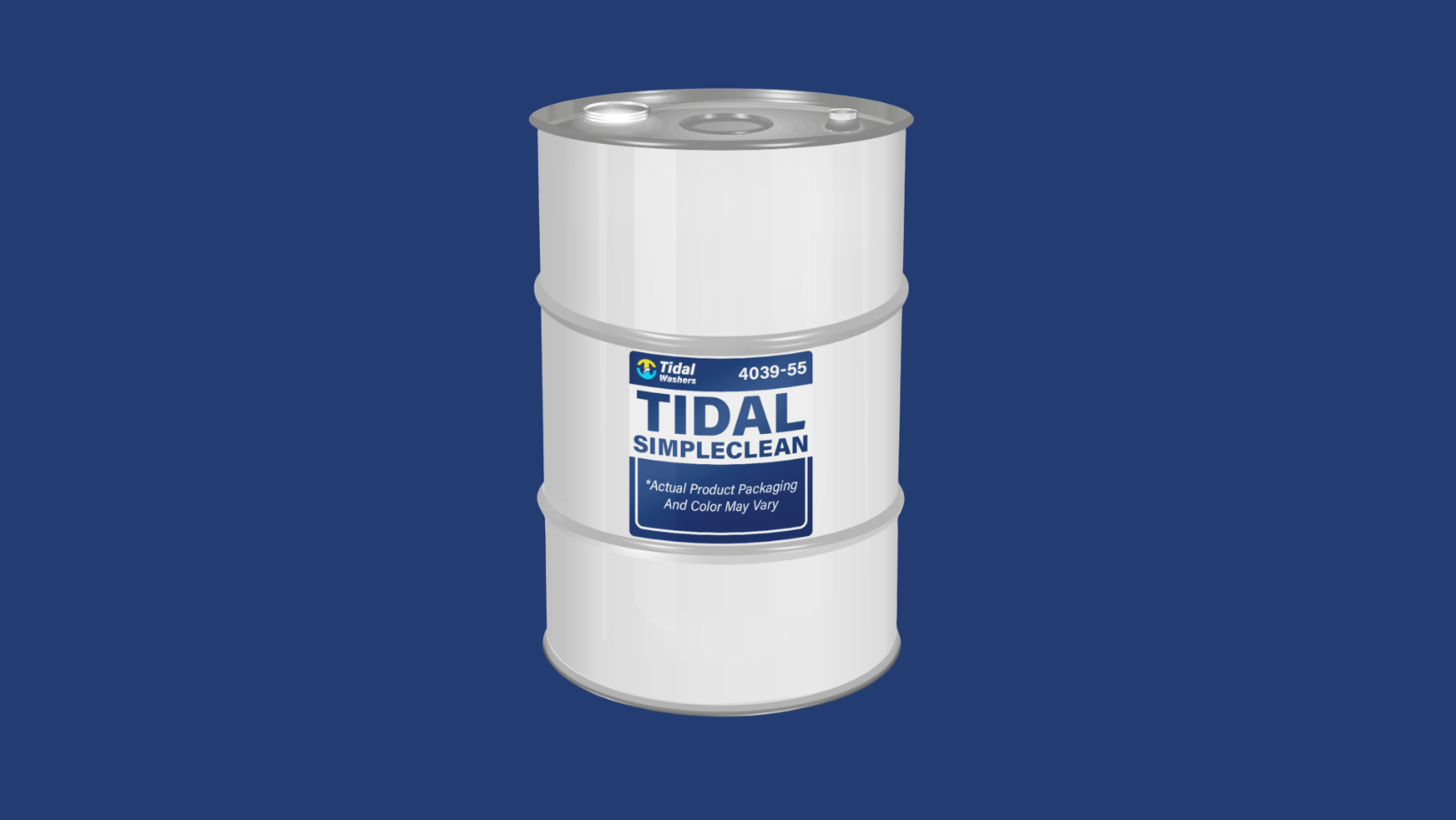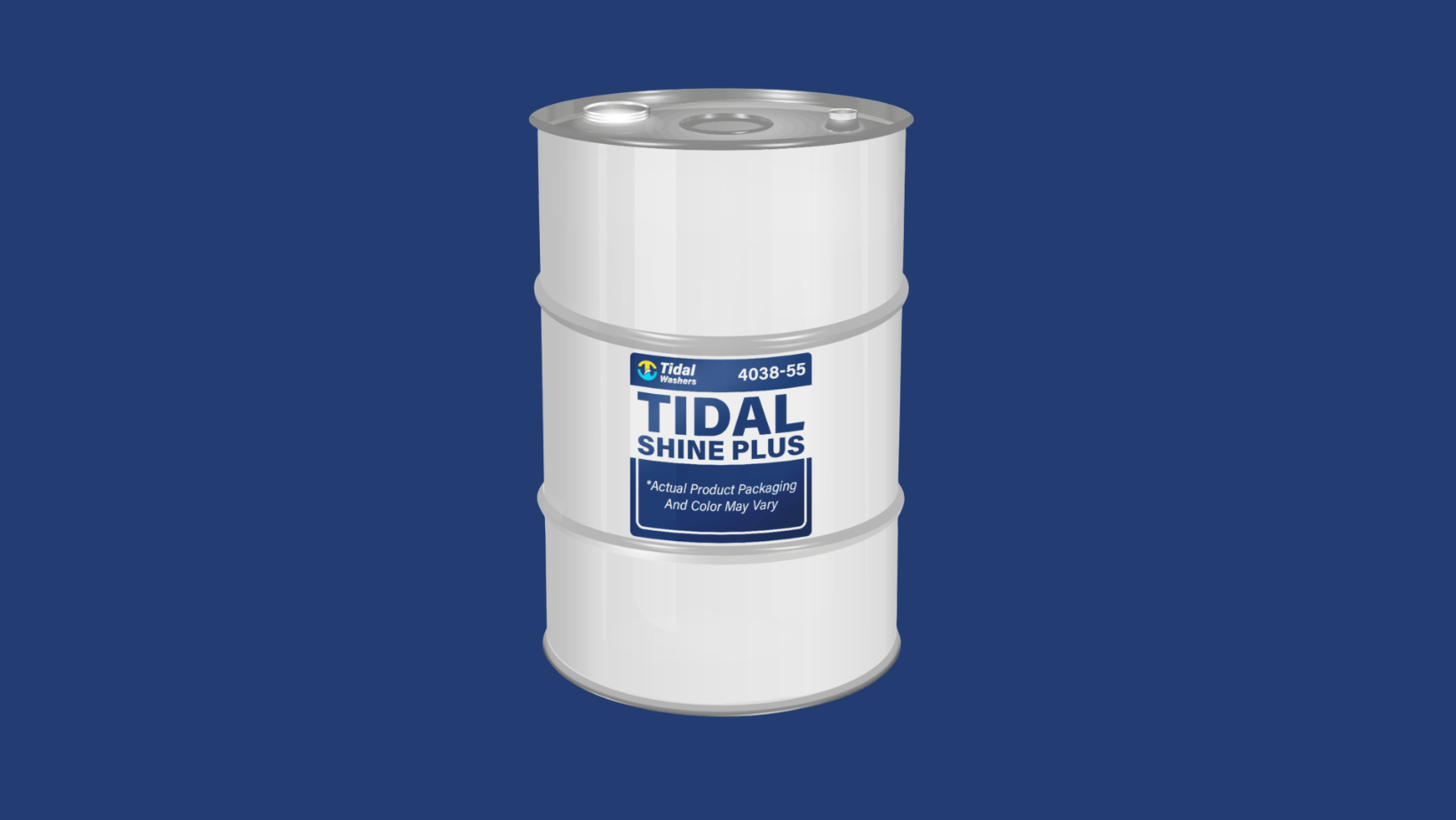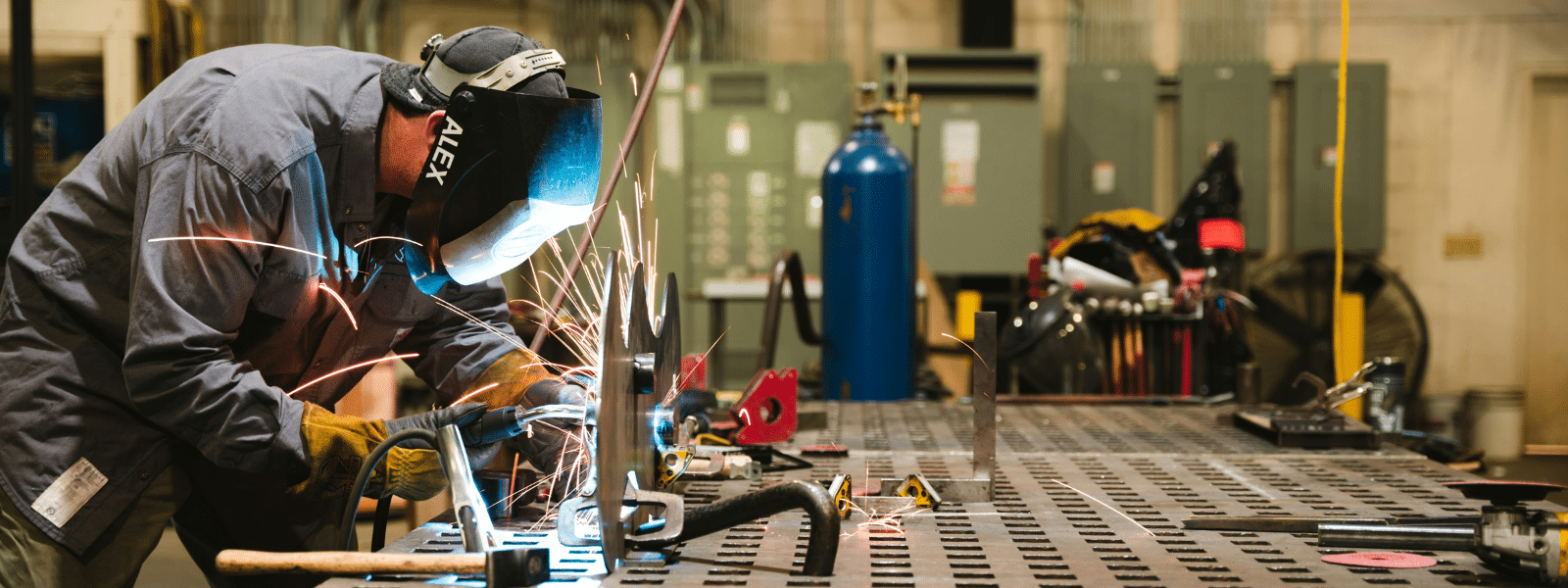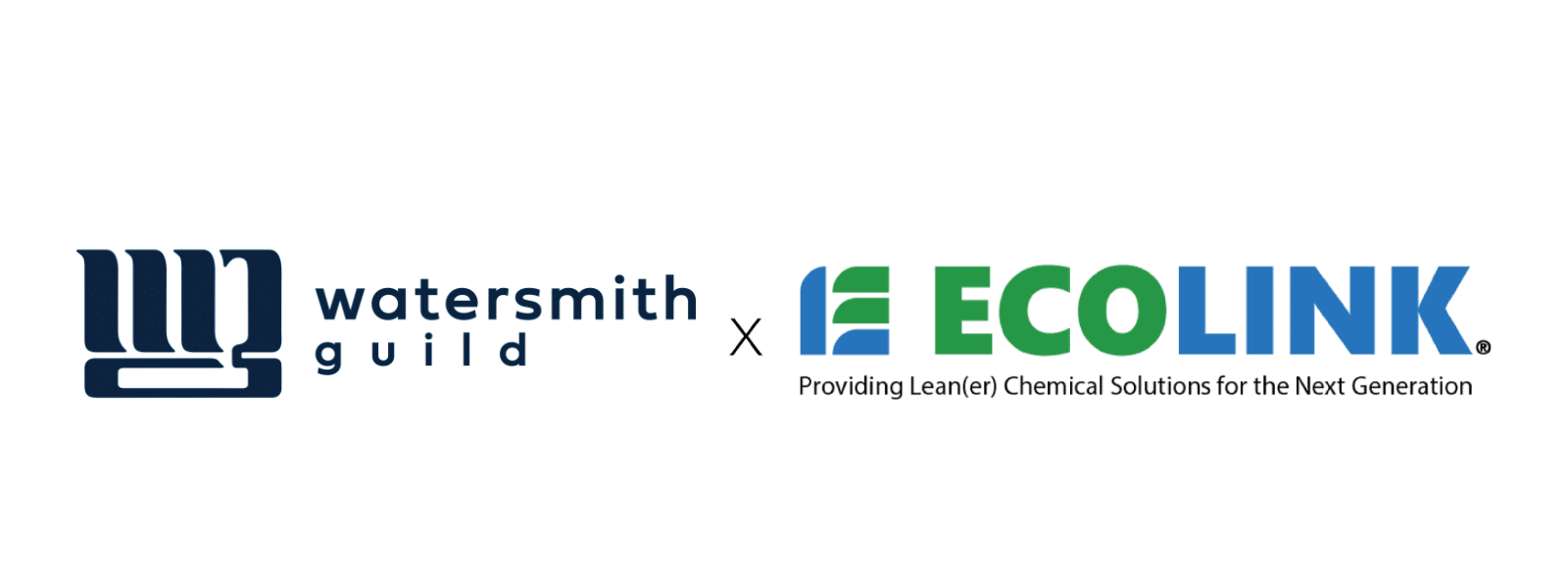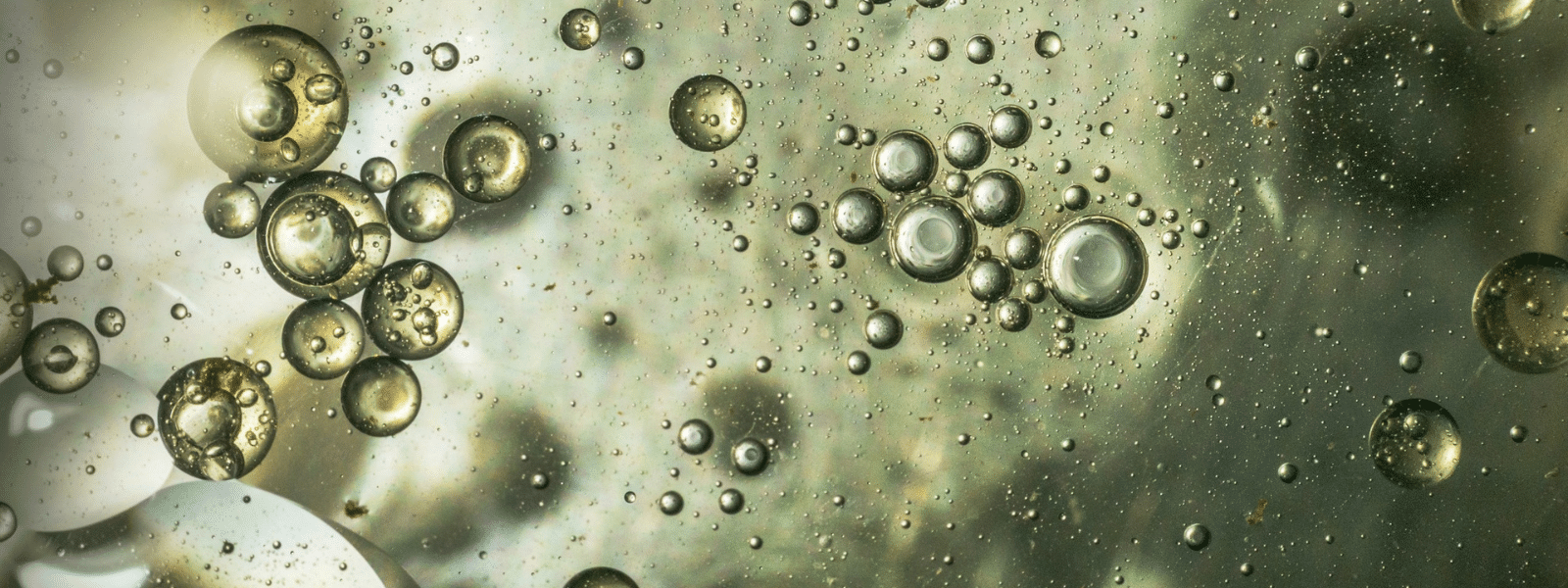Solvents are chemicals designed for a multitude of industrial practices, ranging from degreasing to extraction. An example of an industrial process...
Blog


CHEMICAL INDUSTRY NEWS
Chemical Chat – Discover What’s New!
The Benefits of Tidal SimpleClean
If you have been in the market for multi-purpose green degreasers, Tidal SimpleClean is the perfect product for you. This alkaline solution,...
The Benefits of Tidal Shine Plus
Are you looking for an industrial-strength truck cleaner? If so, check out Tidal Shine Plus. Tidal Shine Plus is an alkaline cleaning solution whose...
What are the Reasons for Water Treatment?
Water treatment helps keep the water safe for people, the environment, and industry use by removing harmful toxins and...
The Benefits of Tidal SimpleClean
If you have been in the market for multi-purpose green degreasers, Tidal SimpleClean is the perfect product for you....
Company News

Managed Services
Discover the Latest in Safe and Sustainable Chemical Solutions
Stay informed with Ecolink’s blog! Subscribe now
Chemical Management Information
Stay updated with us
Sign Up for the Latest Updates
Stay informed about chemical supply chain disruptions and emerging innovations to keep your business at the forefront of efficiency and innovation. Uncover new ways to make your business practices more sustainable by incorporating safer products into your cleaning lineup.




